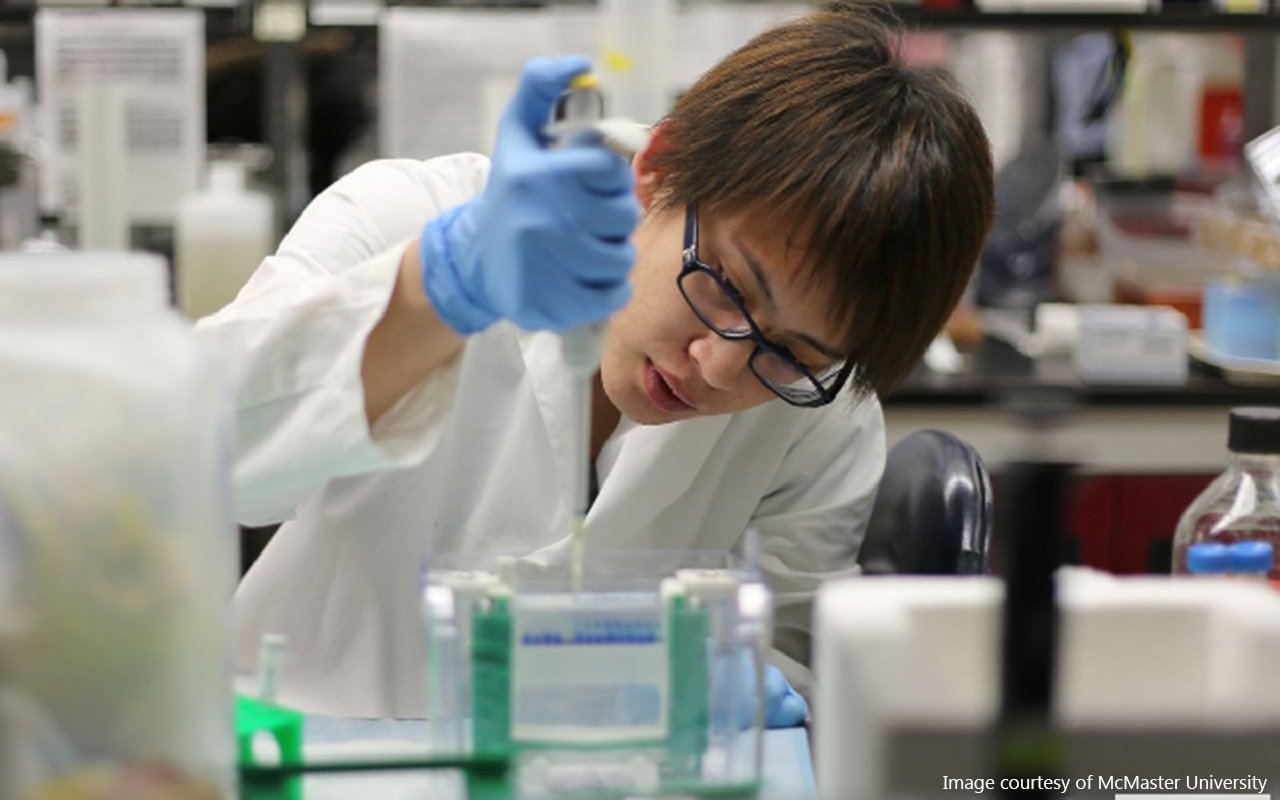If you are new to Western blotting — or trying a new protocol for the first time — you’ll need to optimize the electrophoresis conditions.
There are two times during a Western blot when an electric current is applied: during the initial “running” step (SDS-PAGE) and during the transfer step (sometimes called the “blotting” step). It is necessary to optimize each stage independently, as each can affect the final results. Here, we've outlined some basic principles of optimizes the first step — SDS-PAGE.
What is the difference between constant current, constant voltage, and constant power?
Because the conditions of the gel, buffer, and sample can change during the electrophoresis steps, most modern power packs offer a variety of options for maintaining constant voltage, constant current (amps), and constant power (watts). Before going to some recommended settings, here’s a quick refresher on the basics of electric circuits:
Voltage (V) — the difference in electrical potentials between two charges — is the primary parameter for defining the speed that your protein will move through a gel during SDS-PAGE. If you think about electricity like a water tower, voltage is the water pressure created by placing the water at some height. The higher the voltage, the higher the electric “pressure” and the faster your proteins will run.
Current (I) refers to the flow of electric charge past a point in a circuit. Using the same water analogy as above, the current is the rate that water flows through the pipe.
Power (P) — generally defined as work done per unit of time — is simply equal to the voltage multiplied by the current, which can be written as such:
P = I x V
One additional parameter to consider is the resistance (R), which (as the name implies) is a measure of how difficult it is for the charge to pass through a conductor. In Western blotting, resistance is the measure of how efficiently the ions in your SDS-PAGE buffer allow charge to “flow” through the gel.
Resistance is related to voltage and current by Ohm’s law:
V = I x R
How does heat affect the SDS-PAGE conditions?
Heat is a double-edged sword when it comes to SDS-PAGE.
On the one hand, some heat is beneficial for assisting in the denaturing of proteins that may not have undergone the full reaction during sample prep.
Too much heat, however, will cause acrylamide gels to expand, which can cause bands to run unevenly (sometimes referred to “smiling” bands) or, worse yet, make the gel unworkable for the transfer step.
Heat production, measured in Joules, is directly proportional to the power consumed, and therefore influenced by both current and voltage. Higher settings for either parameter will increase the temperature of your buffer and gel.
As the electrolytes in your running buffer get used up, resistance naturally tends to increase. This increase can indirectly add to the production of heat under the constant current setting since the voltage must increase proportionally.
Conversely, heat will remain more level under constant voltage conditions, since the increase in resistance leads to a decrease in current.
The respective advantages and disadvantages of each setting with respect to heat are outlined below:
| |
Advantage |
Disadvantage |
| Constant Current |
May require less monitoring since the time needed to complete run will be the same across multiple gels |
Voltage (and heat) will tend to increase later in the run, causing “smiling bands” or warped gels |
| Constant Voltage |
Current will decrease as the run progresses, which limits the production of heat |
Migration will slow down late in the run, which may necessitate adjustments to the running time |
| Constant Power |
May limit the production of heat while maintaining a more consistent migration speed |
Power is the product of two variables, voltage and current, so “constant” conditions are hard to define |
General guidelines for SDS-PAGE conditions
Each protocol and experiment is different, but there are some general guidelines for starting your SDS-PAGE optimization.
- Start slow. Whether or not you use a stacking gel or other gradient acrylamide gel, it is best to start your SDS-PAGE at a low voltage or current to get the proteins lined up in the gel. This step should take about 30 minutes at 50-60V.
- The larger the gel, the higher the voltage. Once your proteins are on the resolving gel, you can increase the voltage. One rule of thumb is to set your voltage at about 5-15 V per centimeter of gel. Small gels will run closer to 100V, while large gels may approach 300V. Timing will vary for this step, ranging from 45 min to 2 hours.
- If using constant current, stay cool. As discussed above, the constant-current setting is a good option for keeping the timing consistent, but may result in increased heat production. Consider submerging your SDS-PAGE housing in an ice bath at 4°C or storing it in a cold room to limit gel deformations.
- Keep a watchful eye. As with any experiment, things can (and frequently do) go wrong. But if you catch errors early enough, you may still salvage the experiment. It’s not uncommon to see significant fluctuations in values early in the run as proteins “settle,” so don’t just flip the switch and walk away! And remember to use ladders and loading controls to help visualize the progression of your proteins through the gel.
- When in doubt, go back to the start. The concentration of your acrylamide gel plays a significant part in determining how long and under what conditions your proteins must migrate. If you continually have issues getting resolved bands, consider raising or lowering the concentration as needed.
